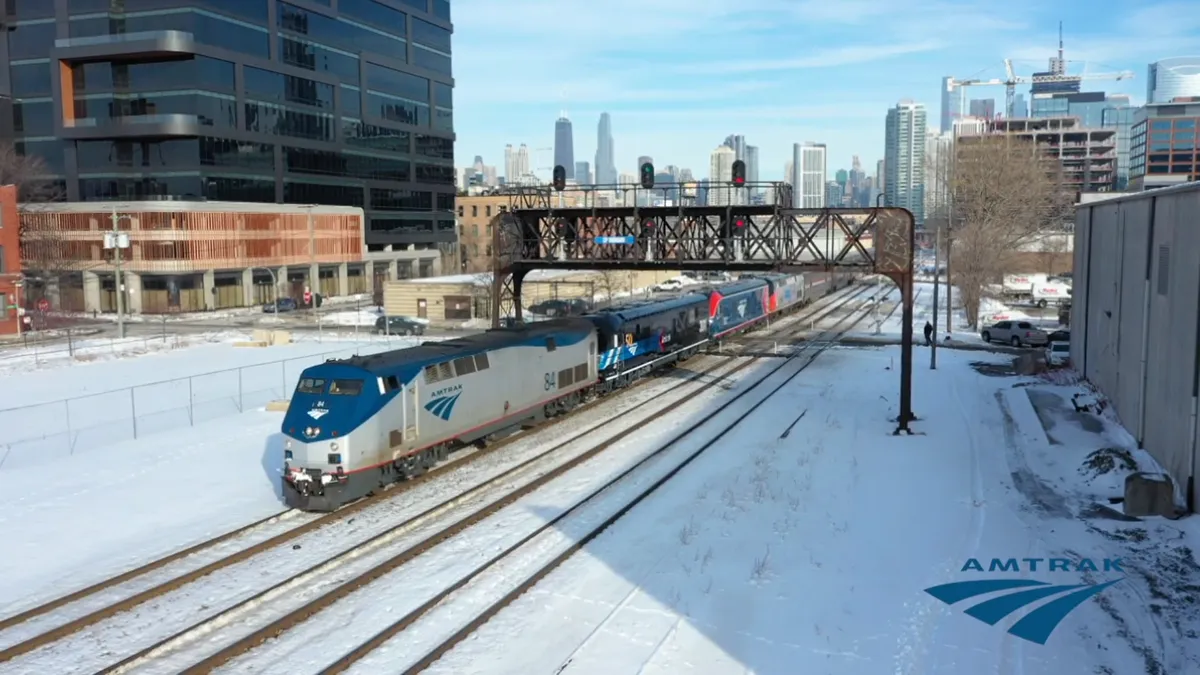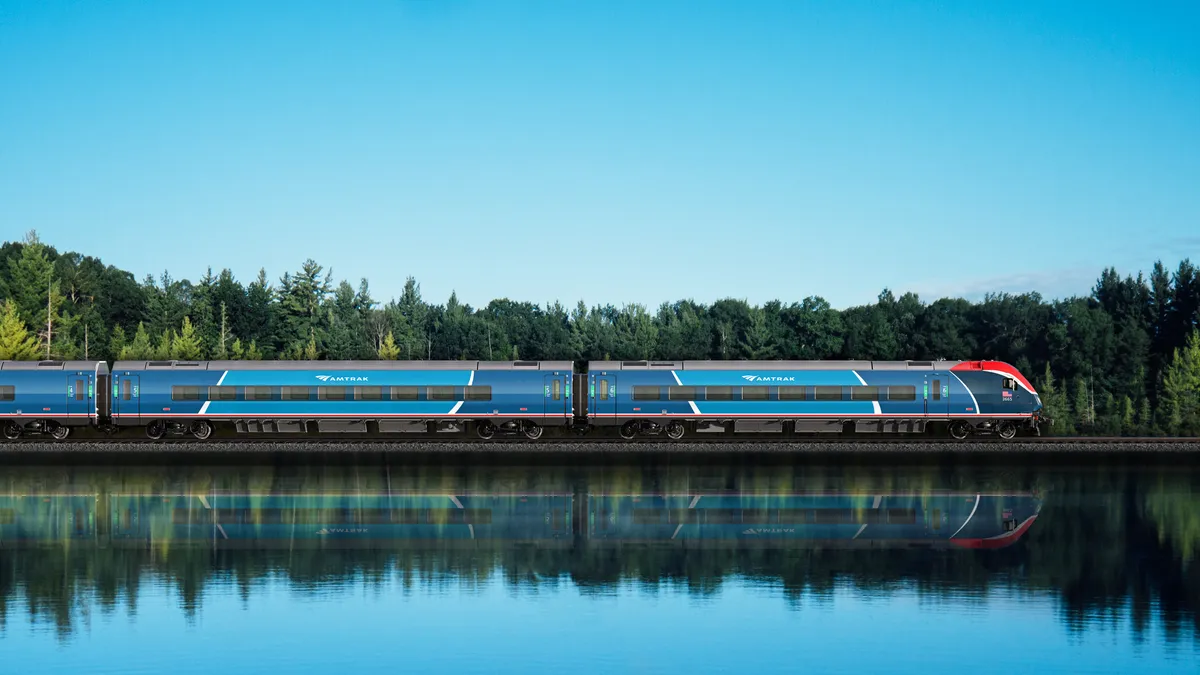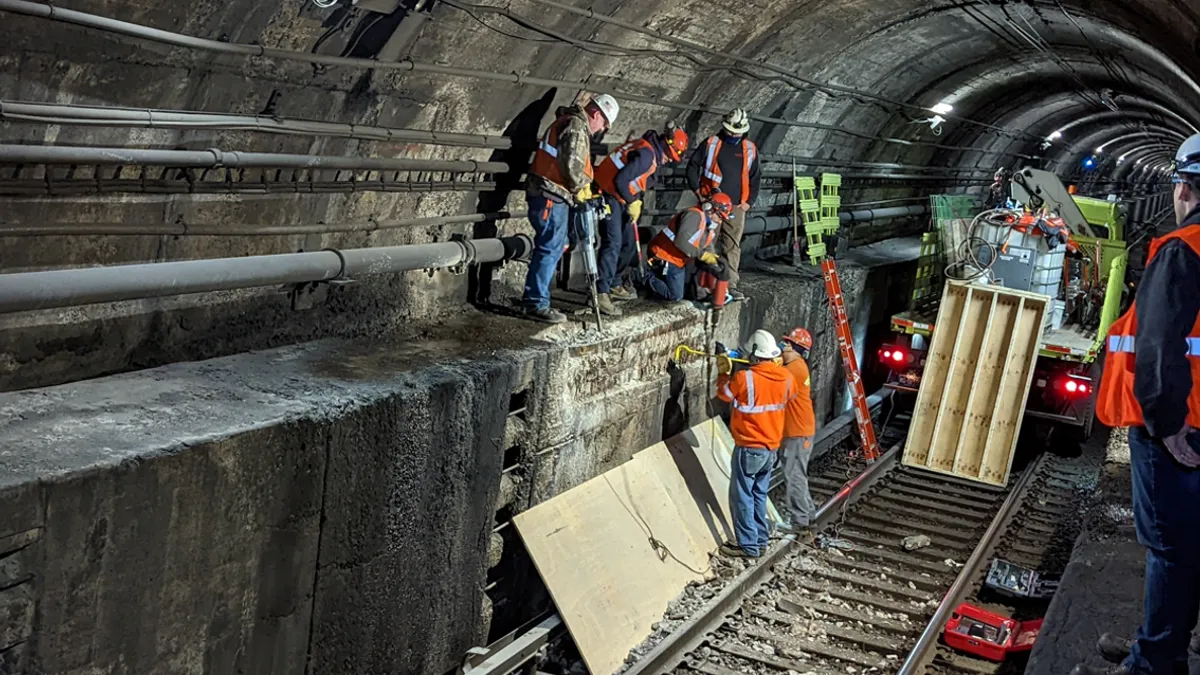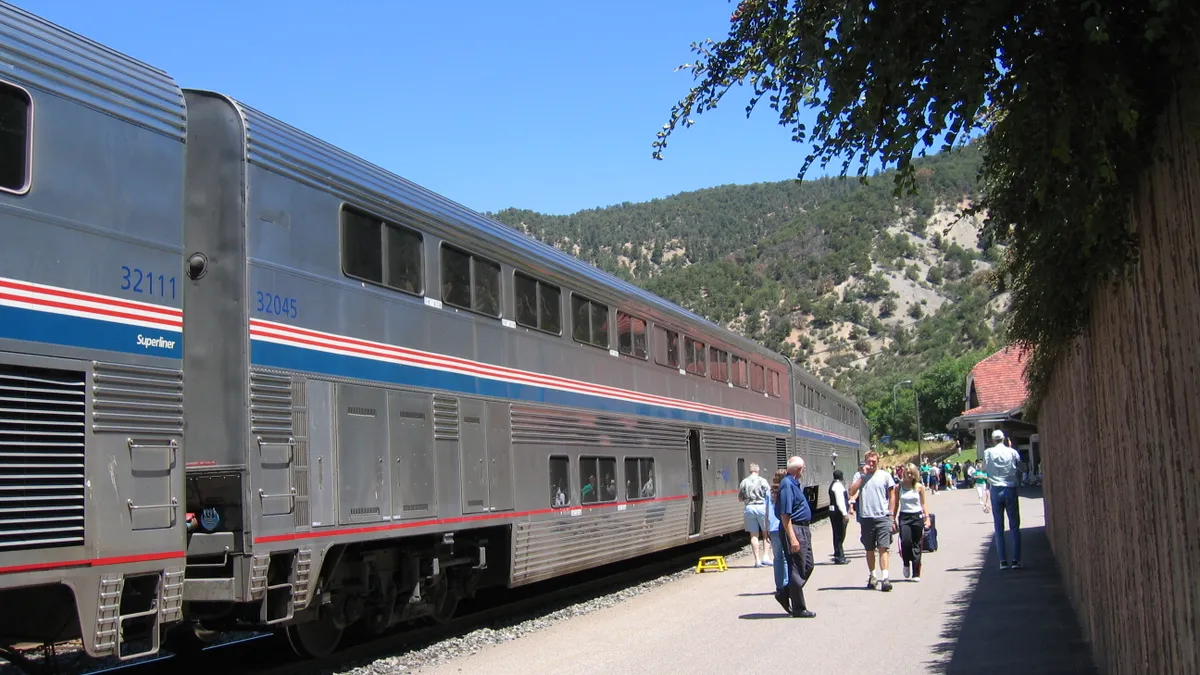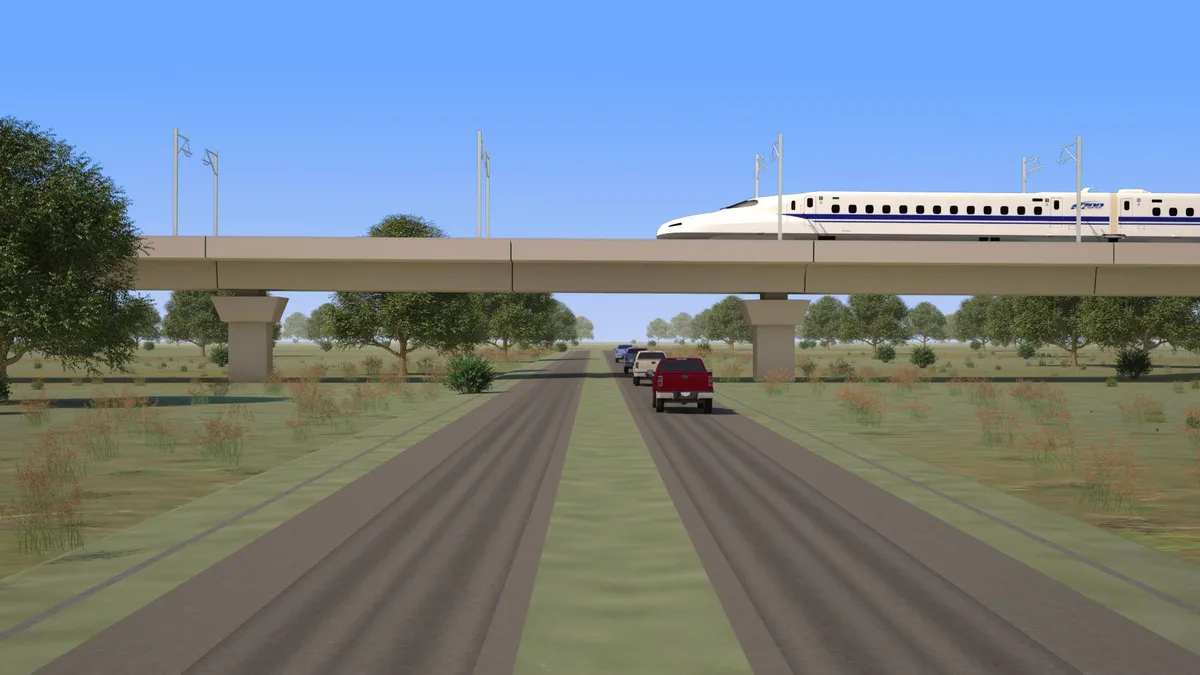The White House called it “the largest investment in passenger rail since the creation of Amtrak.” The Infrastructure Investment and Jobs Act, enacted in 2021, authorized $66 billion for the nation’s passenger railroad. The Biden administration frequently touts its signature infrastructure program, and the Amtrak funding should come as no surprise from a president who has long supported it and was often referred to as “Amtrak Joe” due to his days commuting by rail from Delaware to Washington during his years in the Senate.
Coming into the 2020s, Amtrak had a long list of overdue projects to upgrade and maintain its trains and the rail lines it owns in the Northeast. Urgent projects include the 1910 tunnel under the Hudson River that flooded during Superstorm Sandy in 2012, an 1873 tunnel in Baltimore with crumbling brick and a sinking floor as well as 50-year-old coaches on intercity trains and 40-year-old sleeper cars on long-distance trains.
While new trains and tunnels won’t immediately appear, work on fixing the railroad is well underway. New high-speed Acela trainsets are expected to enter service on the Northeast Corridor in 2024. Alstom-built, 125-mph intercity trains will operate along at least 14 routes in the Eastern and Western U.S. beginning in 2026. Amtrak is studying ways to improve its long-distance train routes and plans to triple its annual infrastructure investment by fiscal year 2025. The upgrades will be needed: More than 90 applications from states and cities were submitted to the Federal Railroad Administration for new or expanded intercity routes under 750 miles.
Here are eight stories from Smart Cities Dive that detail Amtrak’s historic expansion.



